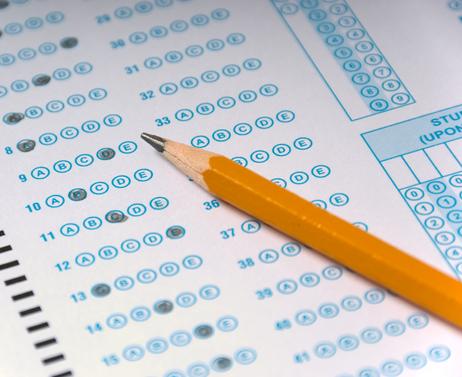Choosing which colleges to apply to is a big decision and not one that should be made lightly. You have to consider factors such as class size, location, degree options, student-teacher ratios, and more. With so many options to choose from, things can get pretty stressful.
In all the flurry of trying to pick a college, you might forget about something even more important – college admissions exams. It doesn’t matter what schools you want to apply to if you don’t do well enough on your college admissions exams or, worse if you forget to take them entirely.
The SAT and the ACT are the two most popular college admissif2009 reportons exams, and both are universally accepted by colleges in the United States. If you’re like many high school students, you may be wondering what the difference is between these two tests and which one you should take, if not both of them. Keep reading to learn what every high schooler needs to know about these exams and how to prepare for them.
How Important Are Test Scores for College Admissions?
Most colleges and universities in the United States consider an applicant’s score on college admissions exams like the SAT and ACT. Many schools have a minimum score they will accept, though some schools weigh these scores more heavily than others. Though each school is different, the fact remains – scoring well on college admissions exams is important.
Though you should definitely do your best on the SAT






















